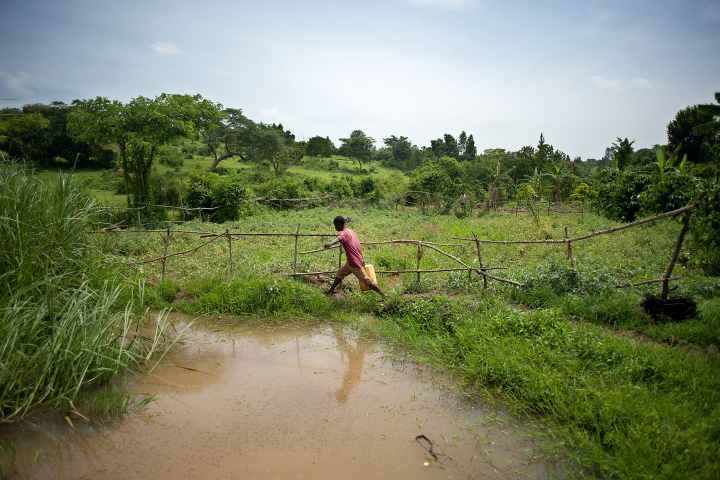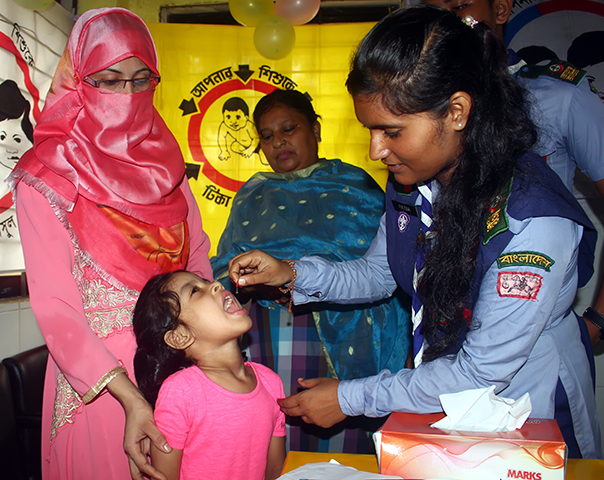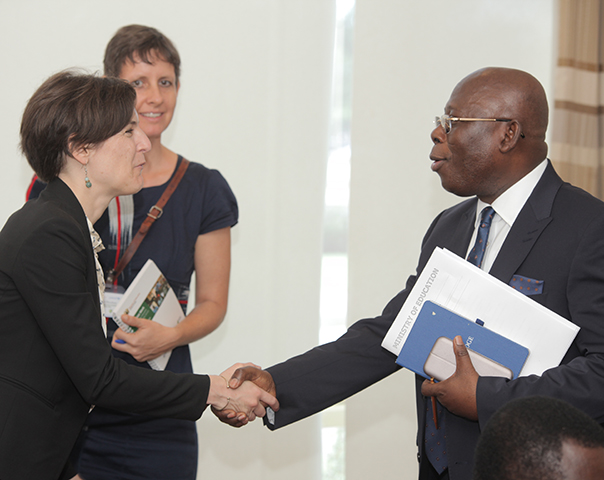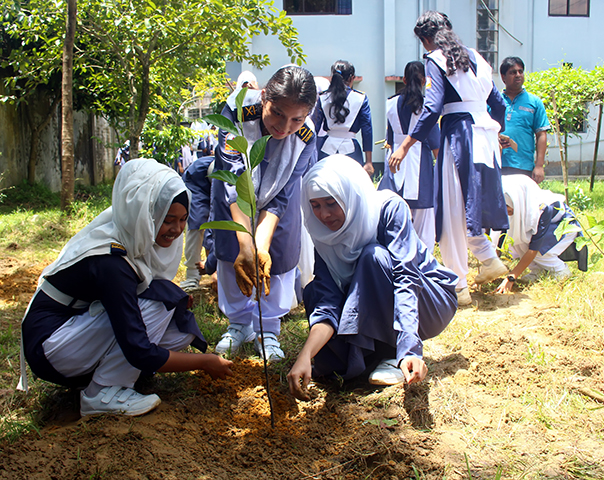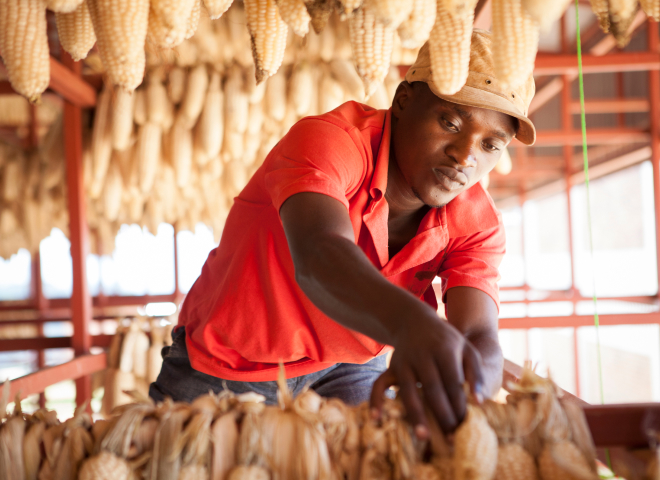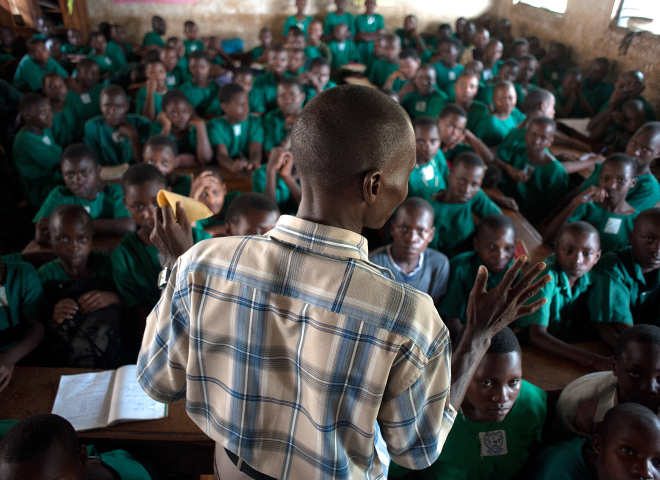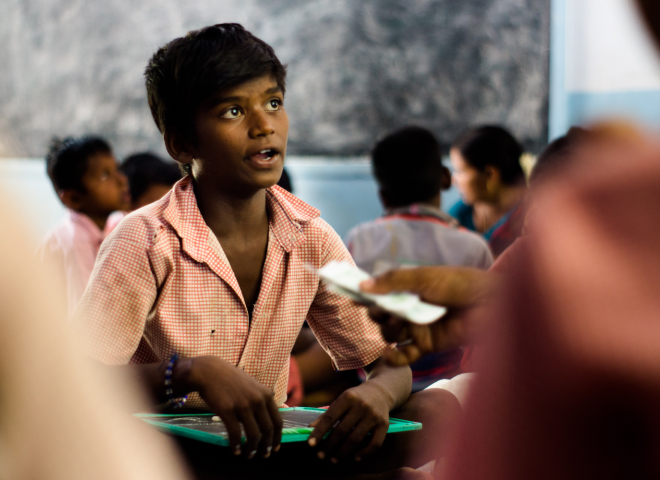Increasing Childhood Immunization in Low and Middle-Income Countries
Childhood immunization is one of the most successful and cost-effective public health interventions to date, preventing an estimated 2 to 3 million deaths every year and severe morbidity for millions more children from devastating diseases such as polio and the hepatitis B virus. Although there have been substantial gains in childhood immunization globally, coverage still lags in many countries, leaving millions vulnerable to disease. A particular challenge is on the demand side—even when vaccines are available, many people don’t accept or get them (uptake). Demand-side interventions target the barriers to acceptance and uptake, such as lack of awareness about the schedule and benefits, low prioritization of immunization, financial obstacles, or distrust in immunization. These interventions will only move the needle in contexts where the vaccine supply chain and health services are not primary barriers to vaccination. In this brief, Innovations for Poverty Action has gathered evidence for demand-side interventions to increase child immunization in low and middle-income countries (LMICs).




